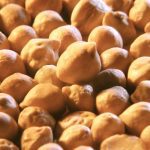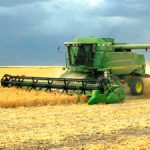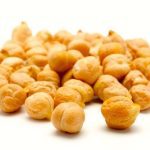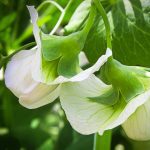Canadian chickpea production hit its largest level in over two decades in 2024, although the increased supplies have cut into prices.







Scouting — and testing for herbicide resistance — will be important this spring

Research offers hope, but proper crop management remains the best defence for today

The process used is seen as an important tool for sustainability

A quick look at new actives, new combinations and expanded labels

Part 3 of a series on Prairie farm gardens